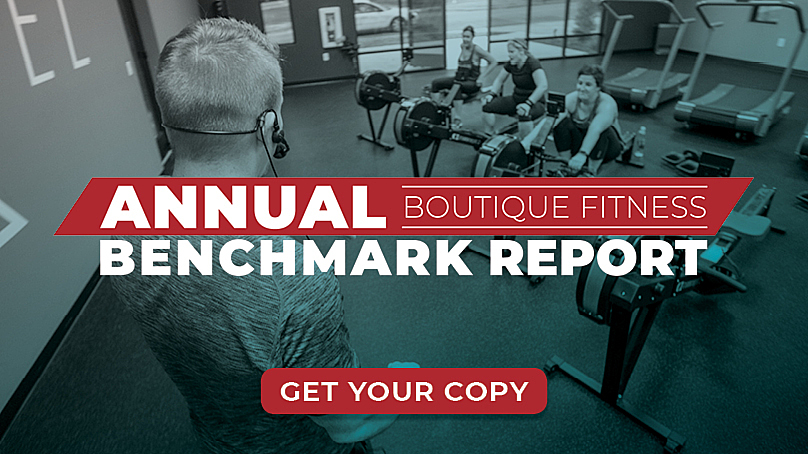4 Reasons to Limit Class Sizes at Your Fitness Studio


It seems like the best situation for your fitness studio: classes are jam-packed, wall-to-wall, with people who are eager to sweat with you today and come back for more tomorrow. More class participants means more revenue, right? It’s going to be a great year for your business.
Not so fast.
As the fitness studio owner, of course you want your classes to be popular, and of course you want more members who love them. But when classes get too big, the quality of the member experience starts to decline. If it declines enough, you risk losing members and, worse, having those former members tell potential members exactly why they joined a new gym or studio.
There are a lot of reasons to limit the class sizes at your fitness studio.
It’s Safer
When the fitness floor is packed, members run the risk of bumping into someone or tripping over someone else’s equipment. In a cardio fitness or kickboxing class, members constantly have to watch where their hands and feet are going. If a member’s exercising neighbors are too close, he either has to reduce his range of motion or end up brushing, tapping or even accidentally hitting someone. When members are focused on avoiding other people, they’re not focused on the workout, and they’re not having fun.
Not only that, but in smaller classes the instructor is better able to make corrections when a member is demonstrating poor form. In large classes, the instructor might not even be able to see everyone, let alone safely get to the back of the room in order to offer a specific correction to one member.
Members Get a Better Workout
Group fitness participants consider a large room and a small number of people in the class more important than both the price of the class and the instructor, while a “dislike of being crowded” is one of the main deterrents to attending a class.
Instructors Can Offer a Personalized Experience
A fitness studio is a second home for many of your members. They’re there to break a sweat and to feel like they belong. In small classes, your instructors have a better opportunity to get to know every face and name. Considering that 40 percent of respondents to the 2014 Nielsen Global Consumer Exercise Survey chose boutique fitness studios because of the personalized attention they receive, this is clearly important to your members.

Smaller Classes Can Increase Demand
If members know they have to get there on time or risk being turned away, they’re going to show up on time. If they have to sign up for class in advance, they commit to attending. If they attend regularly, they see results. And if they see results, they renew their membership. In fact, 38 percent of group fitness participants will remain loyal to your studio for one to five years, versus just 29 percent of all gym members.
If you consistently have a waiting list, you can add more classes to your group fitness schedule. This is good news, as well, because potential members who tour your studio will be impressed by the many class options available to them (whether they end up using them or not).
Though it might seem counter-intuitive, limiting your class sizes can be a huge benefit to your fitness studio. With smaller classes, you might have your best year yet.
Get insight into the average class size, as well as other key benchmark data, for boutique fitness studios around the world in our Boutique Fitness Benchmark Report. 

I’m Coach Kelli, a devoted CrossFit gym owner with 15 years of experience managing my facility, along with owning yoga studios and wellness centers. Beyond the fitness world, I have a passion for cooking, cherish moments with my children and family, and find joy in spending time outside. Having experienced the highs and lows, I’m dedicated to leveraging my expertise to help you grow and succeed on your fitness journey.

I’m Coach Kelli, a devoted CrossFit gym owner with 15 years of experience managing my facility, along with owning yoga studios and wellness centers. Beyond the fitness world, I have a passion for cooking, cherish moments with my children and family, and find joy in spending time outside. Having experienced the highs and lows, I’m dedicated to leveraging my expertise to help you grow and succeed on your fitness journey.







